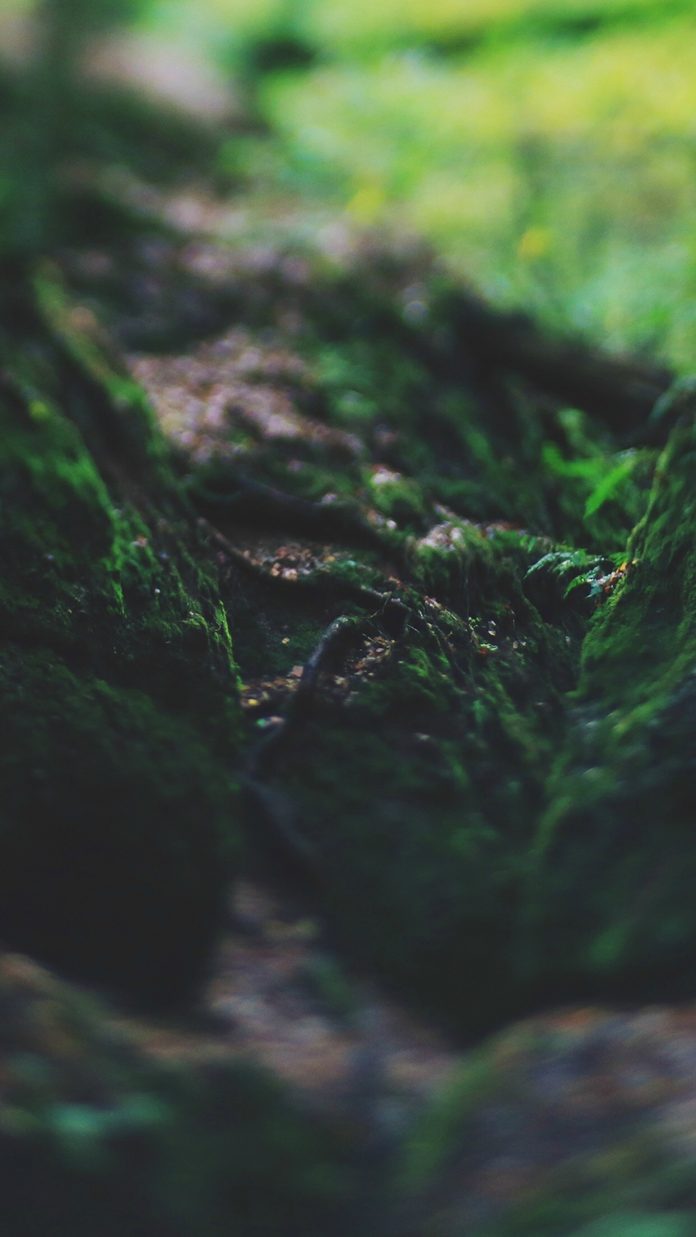Event based System usually is part of a recurring set of patterns. Often, they comprise of the following :
- An incoming event
- A mechanism that is used to respond to an event
- A looping construct (e.g. while loop, listener, and the message dispatch mechanism)
The events that are triggered are also a bit richer, including information like which Axes the event occurred in. The events also understand the Matplotlib coordinate system and report event locations in both pixel and data coordinates.
Syntax:
figure.canvas.mpl_connect( Event_name , callback function or method)
Parameters:
- Event_name: It could be any from the below table
- callback_function: It will define to handle the event.
List of events
Event_name |
class |
Description |
|---|---|---|
| button_press_event | MouseEvent | The mouse button is pressed |
| button_release_event | MouseEvent | The mouse button is released |
| draw_event | DrawEvent | The canvas draw occurs |
| key_press_event | KeyEvent | A key is pressed |
| key_release_event | KeyEvent | A key is released |
| motion_notify_event | MouseEvent | The motion of the mouse |
| pick_event | PickEvent | An object in the canvas is selected |
| resize_event | ResizeEvent | The figure canvas is resized |
| scroll_event | MouseEvent | The scroll wheel of the mouse is rolled |
| figure_enter_event | LocationEvent | The mouse enters a figure |
| axes_enter_event | LocationEvent | The mouse enters an axes object |
| axes_leave_event | LocationEvent | The mouse leaves an axes object |
| figure_leave_event | LocationEvent | The mouse leaves a figure |
Note: That the classes are defined in matplotlib.backend_bases
MOUSE EVENT
- button_press_event: This event involves a mouse button press
- button_release_event: This event involves a mouse button release
- scroll_event: This event involves scrolling of the mouse
- motion_notify_event: This event involves a notification pertaining to the mouse movement
Example:
We have used the mpl_connect method, which must be called if you want to provide custom user interaction features along with your plots. This method will take two arguments:
- A string value for the event, which can be any of the values listed in the Event Name column of the preceding table
- A callback function or method
Python3
# importing the necessary modules from IPython.display import Image import matplotlib.pyplot as plt import matplotlib as mpl import numpy as np import time import sys import random import matplotlib matplotlib.use('nbagg') class MouseEvent: # initialization def __init__(self): (figure, axes) = plt.subplots() axes.set_aspect(1) figure.canvas.mpl_connect('button_press_event', self.press) figure.canvas.mpl_connect('button_release_event', self.release) # start event to show the plot def start(self): plt.show() # display the plot # press event will keep the starting time when u # press mouse button def press(self, event): self.start_time = time.time() # release event will keep the track when you release # mouse button def release(self, event): self.end_time = time.time() self.draw_click(event) # drawing the plot def draw_click(self, event): # size = square (4 * duration of the time button # is keep pressed ) size = 4 * (self.end_time - self.start_time) ** 2 # create a point of size=0.002 where mouse button # clicked on the plot c1 = plt.Circle([event.xdata, event.ydata], 0.002,) # create a circle of radius 0.02*size c2 = plt.Circle([event.xdata, event.ydata], 0.02 * size, alpha=0.2) event.canvas.figure.gca().add_artist(c1) event.canvas.figure.gca().add_artist(c2) event.canvas.figure.show() cbs = MouseEvent() # start the event cbs.start() |
Output :
Example 2:
We are going to add color using the draw_click method
Python3
def draw_click(self, event): # you can specified your own color list col = ['magneta', 'lavender', 'salmon', 'yellow', 'orange'] cn = random.randint(0, 5) # size = square (4 * duration of the time button # is keep pressed ) size = 4 * (self.end_time - self.start_time) ** 2 # create a point of size=0.002 where mouse button # clicked on the plot c1 = plt.Circle([event.xdata, event.ydata], 0.002,) # create a circle of radius 0.02*size c2 = plt.Circle([event.xdata, event.ydata], 0.02 * size, alpha=0.2, color=col[cn]) event.canvas.figure.gca().add_artist(c1) event.canvas.figure.gca().add_artist(c2) event.canvas.figure.show() |
Output:






